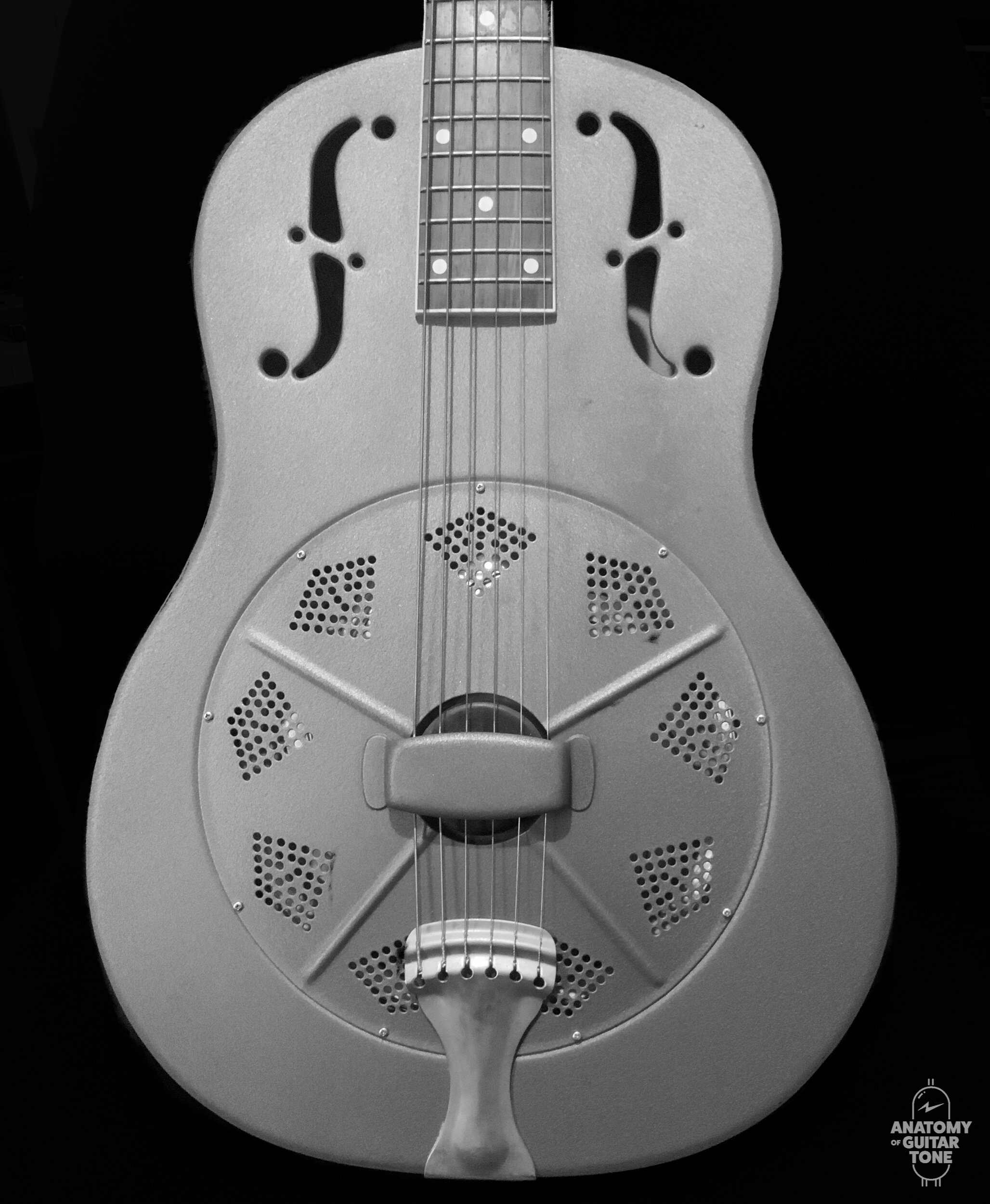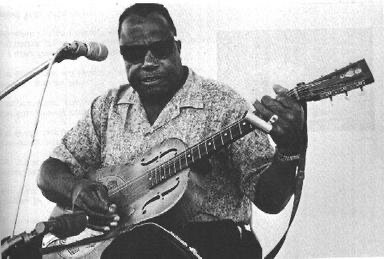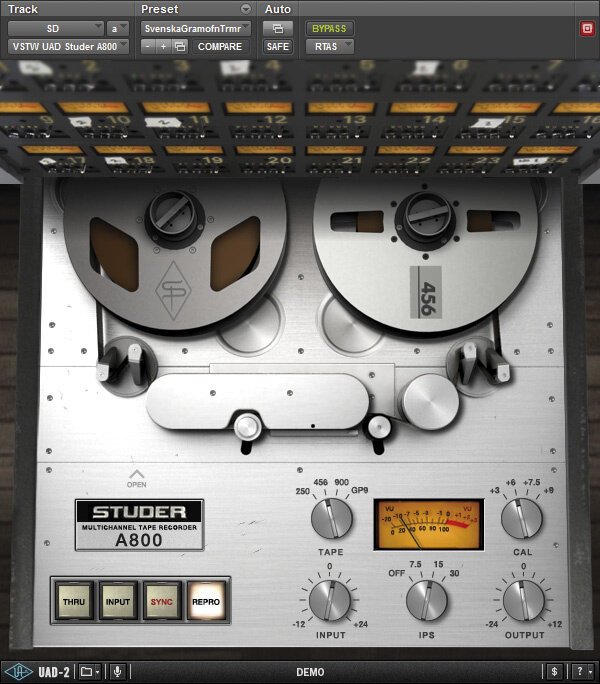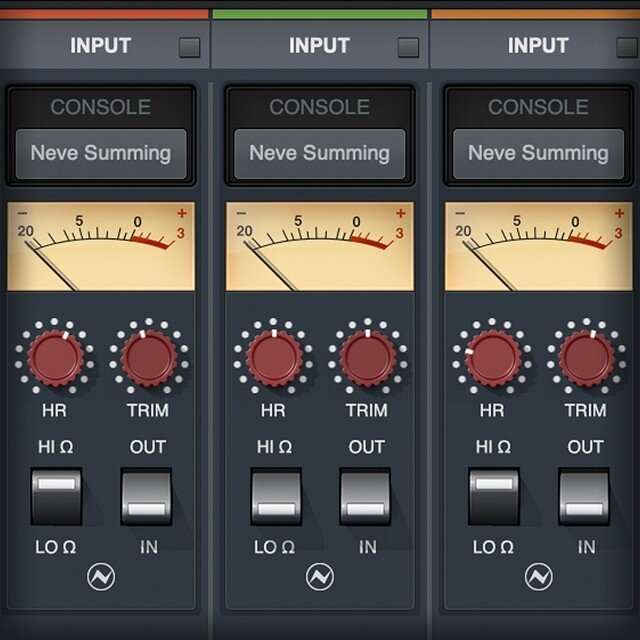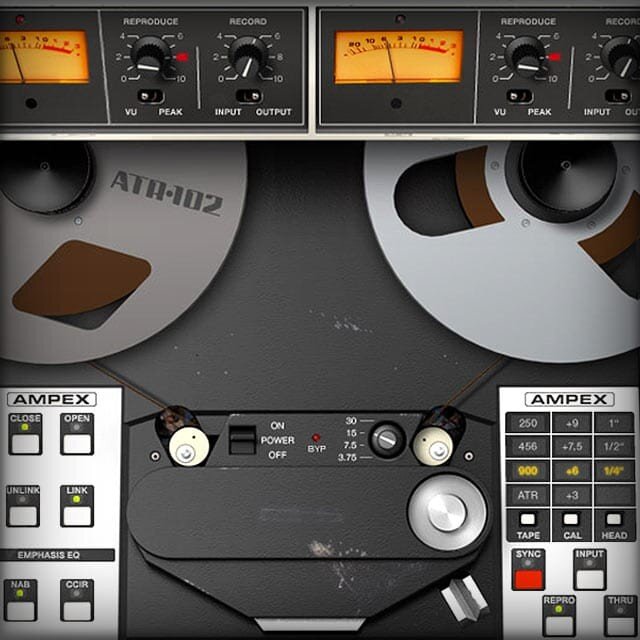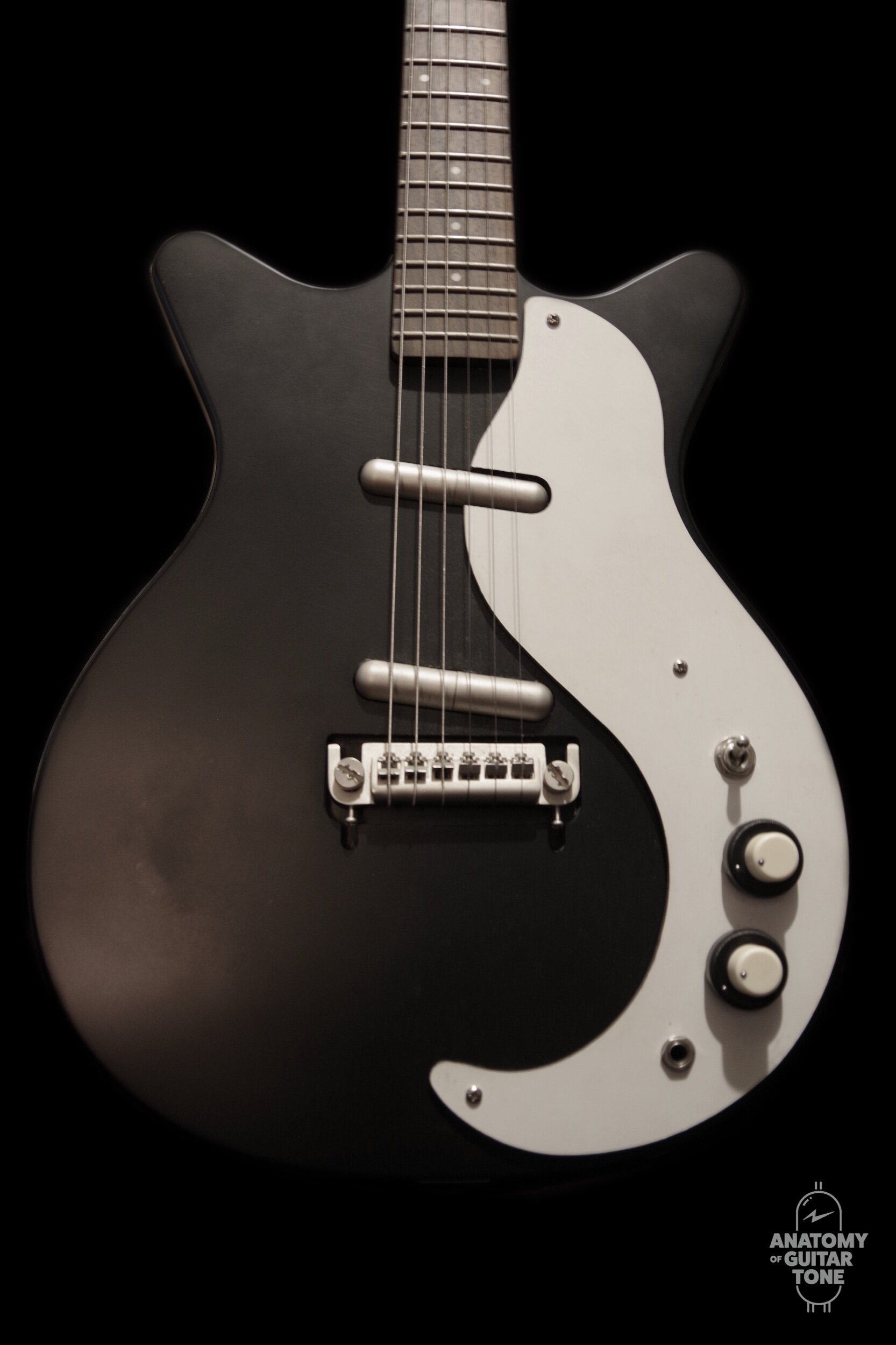Recording vintage resonator guitar tones using the Wasaphone
For many studio owners specializing in recording guitar, a lot of thought goes into deciding which mics to collect.
There are some obvious choices: ribbons, dynamics, and condensers. Mics like the AEA A840, Sennheiser e 906, and Soyuz Bomblet are my favorites for tracking guitars and guitar amps.
But there are times when you need something a little more specialized and specific. Something like a Wasaphone MKII.
I have long loved the sound of a lo-fi mic on acoustic guitar, vocals, and piano. I much prefer a mic to a plugin to get a lo-fi phone effect. If I need to use a plugin, I will use Speakers from AudioThing. It's a great plugin.
Personally, I love to capture sounds as I'm recording. I don't like to imagine what it will sound like later. I prefer to hear things as close to mixed as possible, as it changes my decision making in the production and recording process. For this reason I would rather setup a Wasaphone while tracking.
Plus, I classify these lo-fi tones as character tones. You will never achieve the same tone with a plugin. It may not sound bad. It can even sound great. It will just not sound the same.
Resonator guitar
I have found recording resonator guitar to be a real challenge. The instrument can be very transient-heavy, and specific models can have a lot of low midrange buildup. So it can be sharp and muddy at the same time.
Delta Blues
My favorite resonator tones are from early Delta blues recordings. Those early Bukka White recordings really captured the tonality of the resonator guitar.
Bukka White
A lot of the gear they used in the ‘30s and ‘40s naturally complemented the instrument's tone. There were a lot of tubes in the process. On top of that, pressing to vinyl added a particular color to the sound.
I even go as far as adding the Waves Abbey Road Vinyl plugin on the bus fader for the resonator guitar.
Signal chain
Nowadays, we mostly record to digital, which is a transient-heavy medium. It actually takes more work to create vintage tones than it did in the 30's and 40's. Modern gear doesn't lend itself to that tonality.
Even when I'm recording a standard acoustic guitar, I add plugins to impart some vintage mojo. I almost always record with the UAD Studer A800 tape machine. I print it directly to the track as if I were recording to tape.
For resonator guitar, you will also find me recording or printing the UA Fairchild 660 compressor.
I will either be coming into the Apollo using API 312 mic pres (with red dot op-amps) or use the Apollo UA preamp emulations. The V76 (tube preamp emulation) is an excellent choice for this application.
I will also use the Ampex ATR 102 on the master bus for more tape tone. On the individual instrument bus, I use the UAD Neve Summing in LUNA.
I know that seems like a lot of processing. But the signal chain really just includes the same amount of gear you would have used to get a final mix back in the day.
Microphones went into a preamp that went into a compressor that went to a tape machine that got played back on a console that went to a mastering tape machine that went to vinyl. Whew! Say that fast 10 times.
A tale of two mics
To embody the spirit of some of those recordings, I've been using a second mic on the resonator. I place a ribbon a few feet away and set a Wasaphone mic fairly close to the guitar.
Side note: Make sure to spend some time checking the phase relationship between the two mics.
“The Wasaphone’s rich midrange helps clean up that muddy low end.”
The ribbon picks up the room and distance of the guitar. The Wasaphone's rich midrange helps clean up that muddy low end. It also allows the low notes to pop out on the recording. This is a struggle with a hi-fi mic.
The Wasaphone has a frequency range of 200 Hz to 2 kHz and uses a cardioid pattern. This limited frequency range is helpful for containing the resonator guitar.
In fact, the tone of the Wasaphone could be perfect even on its own if you really want it to sound old!
Blending the two mics helps me get a more complete picture of the instrument. I've actually been employing this method on other guitars as well, such as finger-picked acoustic guitar.
Two faces
“The beauty of multi-miking an instrument: You can capture different sides of its personality.”
This is the beauty of multi-miking an instrument. You can capture different sides of its personality. That's not to say that sometimes a mono mic isn't best. It's situational. But if your guitar tone seems too one-dimensional, consider setting up another mic and placing it in a location that shows the instrument in a different light.
Wasaphone
Specialty mics are a hard sell for some engineers. They see themselves using them only on a limited source and get worried. But the Wasaphone can be used in many situations that make it cool.
I've used it on percussion, as an alt drum mic, and for vocals, piano, and mellotron. It captures an instant lo-fi character without having to play with presets or any plugins.
Try recording vocals with two mics. I blend a Soyuz Bomblet with Wasaphone to get some compressed lo-fi grit under a main vocal.
Sound tells a story. Make sure you have more than one way to capture the story as it's unfolding.
Let’s listen to some examples of the Wasaphone MKII in use:



